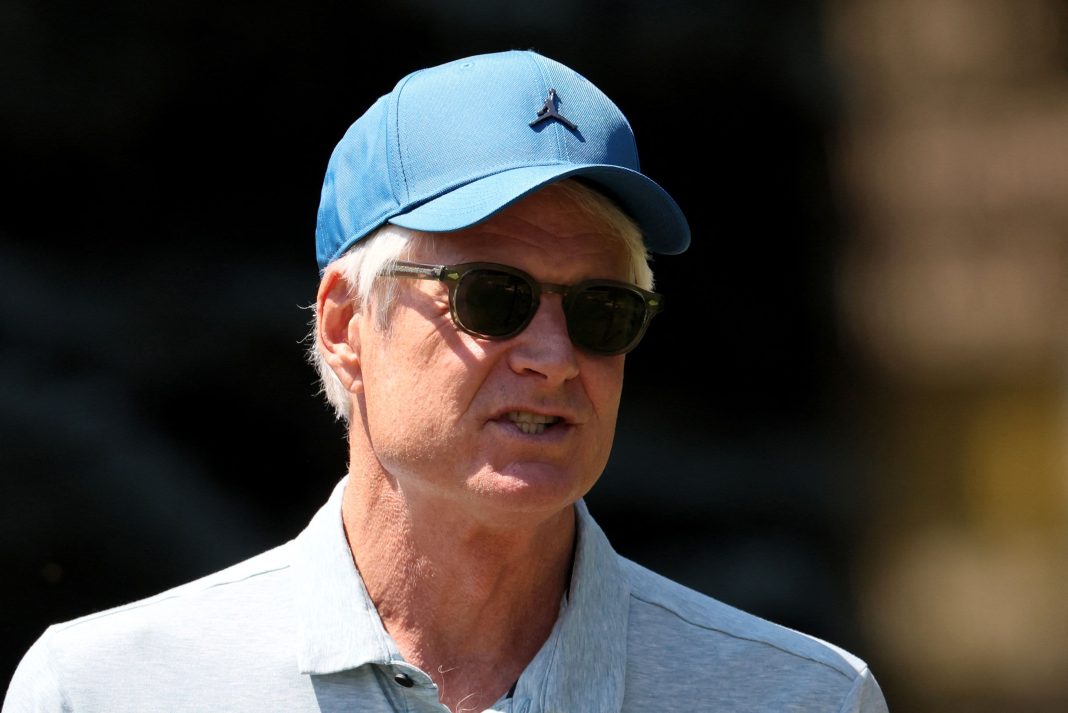Federal Reserve Chair Jerome Powell recently addressed allegations that the central bank’s interest rate cut was politically motivated, specifically to influence the upcoming presidential election. Powell emphasized that the decision was made solely with the intention of benefiting the American people. He stated that the Fed’s actions have a lagging effect on the economy, but if implemented correctly, they will significantly improve economic conditions.
The concept of monetary policy functioning with a long and variable lag is rooted in Milton Friedman’s research and literature. This means that the effects of Fed policy actions may not be immediately seen, although this idea has been subject to debate in recent years. However, Powell reiterated that the Fed does not consider elections or politics when making decisions, highlighting the institution’s independence.
The Fed’s rate cut announcement garnered attention from both President Joe Biden and Vice President Kamala Harris. Biden praised the decline in inflation and interest rates, attributing it to his administration’s policies that aim to lower costs and create jobs. Harris welcomed the policy pivot, stating that it would benefit Americans who have been burdened by high prices.
Despite these positive reactions, some lawmakers expressed skepticism about the timing of the rate cut. Senator Tommy Tuberville criticized the move as “shamelessly political” and argued that the Fed should not be adjusting rates so close to an election. Former President Donald Trump also questioned the motives behind the rate cut, suggesting that it was either due to a weak economy or political maneuvering.
It’s worth noting that the Fed has a history of adjusting interest rates before elections. Over the past 11 presidential election years, the central bank has changed rates in 10 instances. In 2012, rates remained unchanged but were already near zero percent due to quantitative easing. While the effects of these rate adjustments may not be immediately apparent, some presidents have urged the Fed to pause rate hikes or initiate cuts leading up to elections. President Richard Nixon, for example, pressured the Fed to implement expansionist monetary policies before his re-election.
Both Trump and Biden have weighed in on Fed policy during their terms in office. Biden discouraged rate hikes, stating that the economy was in a favorable position for stable growth and lower inflation. Trump, on the other hand, has been a vocal critic of the Federal Reserve and called for zero or negative interest rates.
The concept of long and variable lags in monetary policy is a fundamental principle in central banking. However, there is growing debate among economists and Fed officials about the duration of these lags. Fed Governor Christopher Waller suggests that the introduction of forward guidance, which was not common practice until the early 2000s, has shortened the lag time between policy changes and their effects. He estimates that monetary policy effects can be observed in as little as nine months.
It’s important to note that markets and consumers have access to a vast array of economic and financial indicators that can telegraph monetary policy well in advance. Bond markets, for example, began pricing in rate cuts months before they were implemented. Stock markets also respond immediately to rate cuts, as evidenced by the rally in benchmark indexes the day after the Fed’s rate cut announcement.
In conclusion, while the timing of the Fed’s rate cut may raise questions about political motivations, Powell and other officials maintain that their decisions are solely based on what is best for the American people. The concept of long and variable lags in monetary policy is being reevaluated, with some suggesting that the effects of policy changes may be observed more quickly than previously thought. Ultimately, the impact of the rate cut on the economy and the upcoming presidential election remains to be seen.

